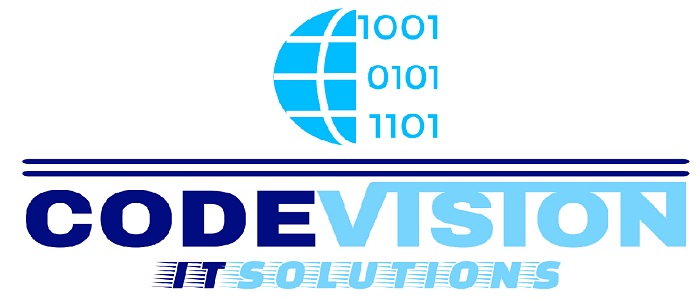
Mobile Application Development
So you wake up in the morning with a brilliant idea for a mobile app– you can explain it, you know it’s the most amazing idea ever, and you know your app idea can amaze many people- So what next? Well, the good thing is yes, it’s a good start. The bad part, though, is that very few apps are really successful. So what divides the good and the bad- Some luck? Yes, and a lot of right steps. While you can earn luck, We are sharing here the right steps to build your app.

First, the mobile app development process defines the strategy for growing your idea into a successful app. You may include a more major part of this in your overall enterprise mobility strategy. While one app’s objectives may differ from another, there is still an app-specific influence to the mobility strategy to address during the development process.
In this phase, you will:
- Study the competition
- Found the app’s goals and objectives
- Select a mobile platform for your app
At this stage, your app idea twitches taking shape and turns into an actual project. Analysis and planning begin with defining use cases and capturing comprehensive functional requirements.
Once you have acknowledged the requirements for your app, prepare a product roadmap. This includes arranging the mobile app requirements and grouping them into delivery indicators. If time, resources or costs are a concern, then define your minimum-viable-product (MVP) and prioritize this for the initial launch.
Part of the planning phase includes identifying the skills needed for your project. For example, iOS and Android mobile platforms use different development technology stacks. If your goals are to build a mobile app for both iOS and Android mobile stages then, your mobile development team should include iOS developers and Android developers.
Did you name you app yet? Mobile app names have to be unique within each app store. Research each app store specifically to ensure your app’s name isn’t already in use!
The purpose of an app’s design is to deliver seamless and effortless user experiences with a refined look. The success of a mobile app certainly hinges on how well users are adopting and benefiting from all its features. The goal for mobile app UI / UX design is creating excellent user experiences making your app collaborating, natural, and accessible. While refined UI designs will help with early adoption, your app must have intuitive user experiences to keep app users’ engaged.
Planning remains an essential part of this phase in the mobile app development process. Before actual development/programming efforts start, you will have to:
define the technical planning,
pick a technology stack, and
Define the development indicators.
A typical mobile app project is made up of three integral parts: back-end/server technology, API(s) and the mobile app front-end.
Performing thorough quality assurance (QA) testing during the mobile app development process makes applications stable, usable, and secure. To ensure comprehensive QA testing of your app, you first need to prepare test cases that address all aspects of app testing.
Alike to how use cases drive the process of mobile app expansion, test cases drive app testing. Test cases are for recording testing results for software quality evaluation and tracking fixes for retesting. A best practice approach is involving your QA team in the Analysis and Design stages. Their understanding with your app’s functional requirements and objectives will help produce accurate test cases.
Your app should undergo the following testing methods, to deliver a quality mobility solution
Releasing a native mobile app requires submitting your app to the app stores including the Apple App Store for iOS apps and the Google Play for Android apps. For this reason, you will need a developer account with Apple App Store and Google Play Store before launching your mobile app.
An app’s release in the app store requires preparing metadata including:
Your app’s title
Description
Category
Keywords
Launch icon
App store screenshots
Once submitted in the Apple App Store, iOS apps go through a review process which may take from a few days to several weeks depending on the quality of your app and how closely it follows Apple’s iOS development guidelines. If your app requires users to log in, then you will need to provide Apple with a test user account as part of the release process.


Apartment
We are available 24/7
Why Choose Us
As your IT Company
High Porfamence
24/7 Support
Best Security
IT Management
Latest Technology
Certified Company
Trusted Services
Data & Analytics
Call to ask any question: +973 17212865 or Contact Us
MEET OUR CLIENTS

IDEAL GARDEN

9 MARCH

LAALY ALDANAT

FOREX CARGO

PLAZA

AFCAR WORLD

BCT COMPANY


